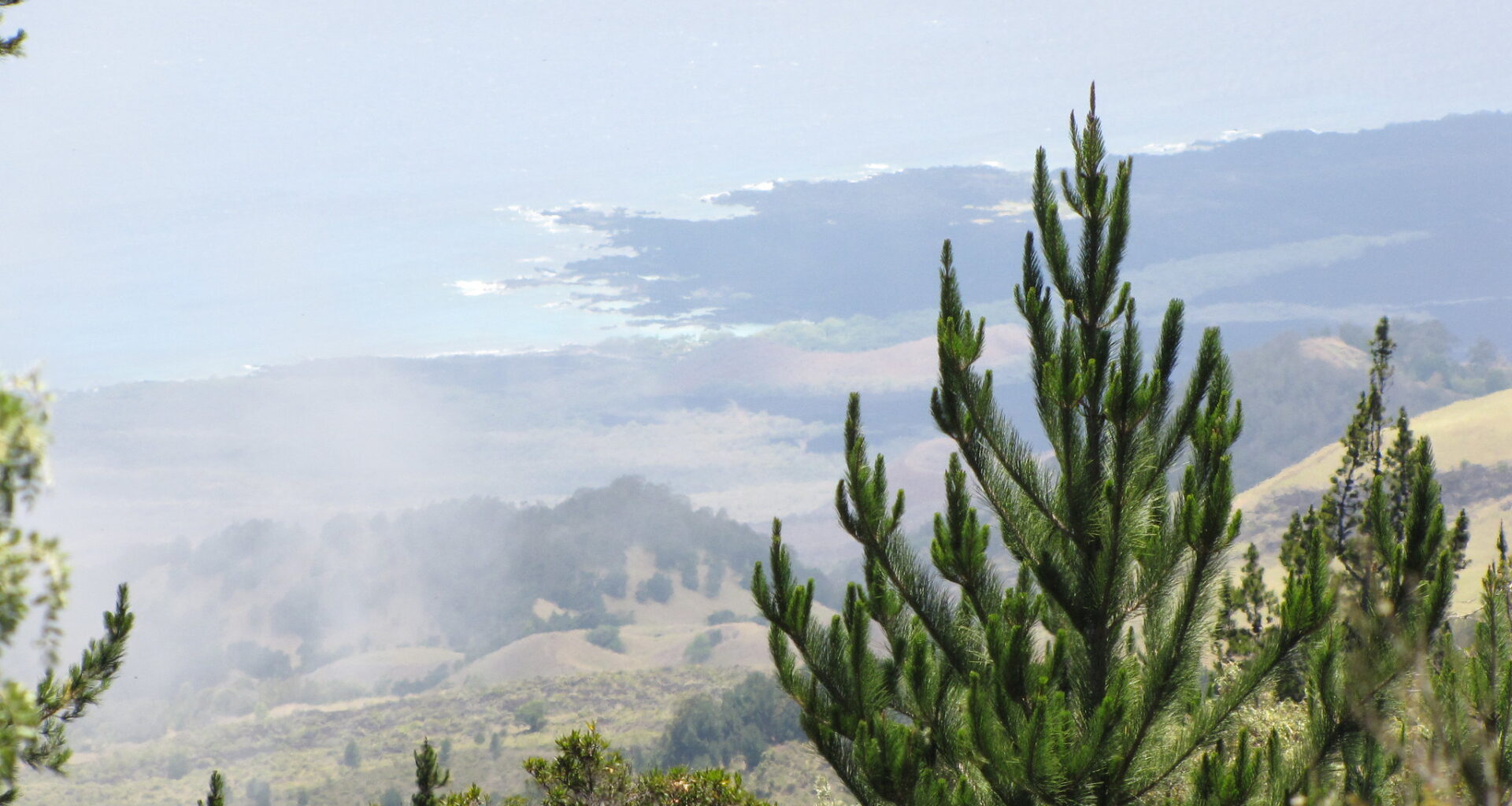Scientists have published the world’s first reference genome for radiata pine, a breakthrough that could help improve breeding for plantation forestry. At more than 25 billion base pairs—over eight times the size of the human genome—the sequence ranks among the largest plant genomes ever assembled and appears in the journal G3: Genes|Genomes|Genetics.
The decade-long effort was led by Scion’s Bioeconomy Science Institute in partnership with the Radiata Pine Breeding Company, New Zealand’s Ministry of Business, Innovation and Employment, the Public Health and Forensic Science Institute, and the University of Tasmania. Researchers can now pinpoint genes that govern growth rate, wood density, drought tolerance and disease resistance, integrating those insights directly into commercial breeding programs.
“Having a reference genome for this species is a big step forward for breeding while also helping support conservation of the species in its native range,” said Dr. Tancred Frickey, senior bioinformatician at Scion’s Bioeconomy Science Institute. “This resource will accelerate our ability to develop trees with improved productivity and resilience.”
Radiata pine underpins New Zealand’s plantation forestry industry and is one of the Southern Hemisphere’s most commercially significant tree species, however, it remains threatened in its native California. With the genome now complete, scientists can work to preserve genetic diversity and advance strategies for climate adaptation.
This video highlights the groundbreaking research behind the first-ever reference genome for Pinus radiata (radiata pine) — a major scientific milestone with global implications. Footage courtesy of @scion.
The project began in 2012. In 2014, a NZ$6 million co-investment from the Radiata Pine Breeding Company and MBIE funded development of the world’s first radiata pine 36k single-nucleotide polymorphism (SNP) chip, a tool that enables precise selection of desirable traits.
“At the time, it was one of the most powerful single computers of its kind,” said Shane Sturrock, senior scientist at the Public Health and Forensic Science Institute, recalling the high-memory, high-capacity system required to assemble the vast genome.
“With the reference sequence now finalised, we’re entering a new era of precision forestry,” Sturrock added. “What once took decades in traditional breeding can now happen faster and with far greater accuracy.”
Darrell O’Brien, general manager of the Radiata Pine Breeding Company, said the breakthrough underscores the value of sustained collaborative investment. “By bridging advanced genomics with real-world breeding programs, this research sets a global benchmark for sustainable forestry and biodiversity conservation.”

